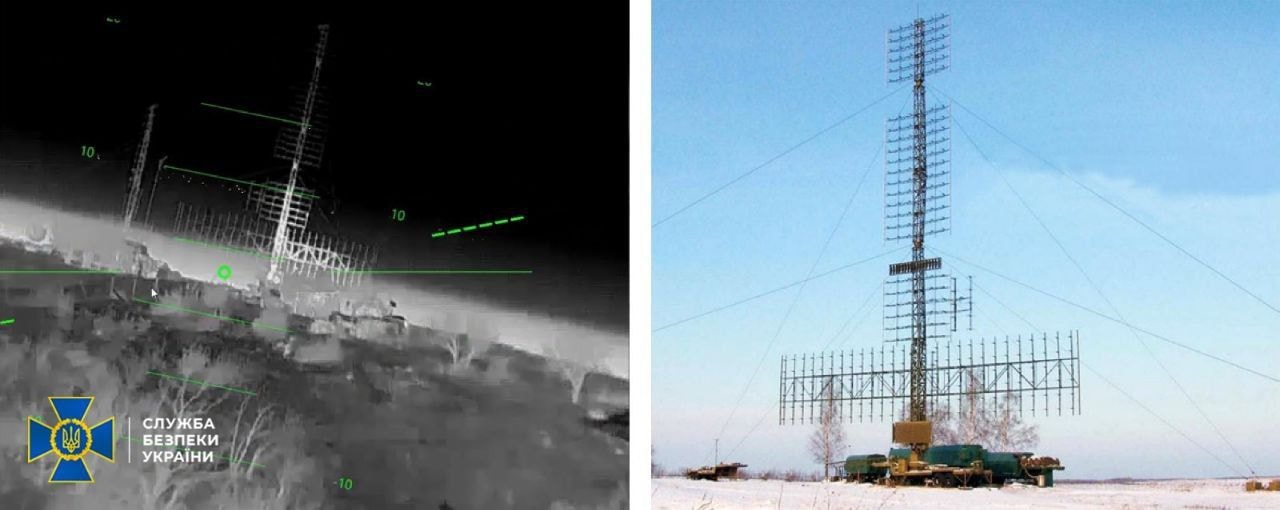Up to 20% of Russian car dealerships at risk of closure amid sales slump, media reports

Nearly one in five car dealerships in Russia could shut down by the end of the year as the country's auto market struggles from plummeting sales and a worsening economic outlook, the Moscow Times reported on July 31.
The collapse in demand comes as Russia remains under Western sanctions imposed over its full-scale invasion of Ukraine.
According to the CEO of AutoStat, Sergey Tselikov, 137 showrooms reportedly closed in the second quarter alone, bringing the total number down to 2,950. The number of active dealership contracts dropped by 183 to 4,330.
Companies are shutting down unprofitable locations, terminating weak dealership agreements, and reassessing their operations, said Andrey Terlyukevich, CEO of the AutoSpecCenter group.
Terlyukevich noted that brands with low monthly sales per dealer, such as Kaiyi, BAIC, Livan, Moskvich, and Sollers, are most at risk.
Some companies, including Borishof, have exited the used car market altogether, no longer accepting trade-ins.
"Until mid-summer, dealers hoped for a rebound, but now there's a sense of apathy," said Avtodom CEO Andrei Olkhovsky. "Many are considering repurposing their locations for other businesses, while others are pulling capital out of the industry altogether."
Olkhovsky added that most dealers are now operating at near-zero profitability, squeezed by pressure from Chinese distributors.
Earlier this year, Russian authorities took steps to curb the influx of foreign vehicles by more than doubling the "recycling fee" for most passenger cars to $7,500 in January, with planned annual increases of 10–20% through 2030.
Regulators also banned the sale of a Chinese truck model over alleged safety violations and warned that further compliance checks could follow.
AutoStat estimates that Russia's car market shrank by 28% in the first half of 2025, with just 530,000 new passenger vehicles sold. By the end of June, dealers were holding 500,000 unsold cars, enough to last four to seven months, far above the typical two-month inventory threshold.











